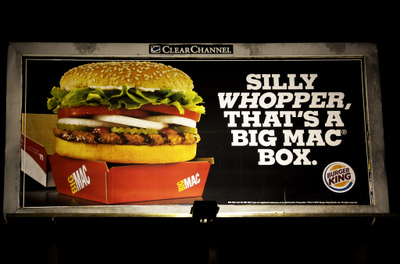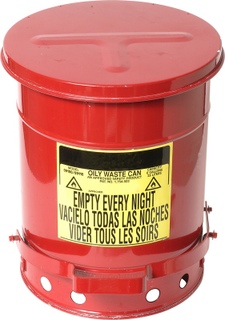Try a whisper
June 23, 2008
Noise, noise and more noise. We have clutter in our mailboxes, in our ears, and in our in baskets. We’re exposed to over 4,000 marketing messages a day and it seems like every one of them is shouting at us – waving their arms frantically to get us to notice.
I wonder if there might not be a better way?
We’ve all see the power of walking into a room of screaming children and beginning to whisper. Pretty soon, the kids are quieting down, afraid they’re going to miss something. Soon, they are straining to hear. We do the same thing as adults. We have grown so accustomed to being bombarded with noise that we are drawn to the softness of a whisper.
This is a principle that we can apply to our marketing efforts. The initial goal is to get our audience’s attention, right? Well what if we did that by speaking softly? By not having our headline at 42 point type. By not having our radio announcer talk as loud and as fast as he can. Or by using white space to make our website feel inviting and calm?
Here’s how the thought process works.
We have a lot of important things to say. Features, benefits. And we figure, we’d better take full advantage if we can get someone’s attention. Never know when we might have it again. So, let’s shove every bit of information into every postcard, e-mail, banner ad or press release.
What if instead of talking over ourselves with multiple messages and creating so much noise that it turns into static, we self-filtered?
What’s the one thing you need them to know? A URL? A date? A change in tax law? Focus on a single message. Then tell them. But do it softly.
More


![Reblog this post [with Zemanta]](http://img.zemanta.com/reblog_e.png?x-id=f076d8f1-3ef7-406d-ad9a-8219834534f9)

![Reblog this post [with Zemanta]](http://img.zemanta.com/reblog_e.png?x-id=43935a94-c2a2-4503-835c-25437cd1476b)





